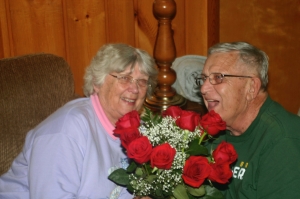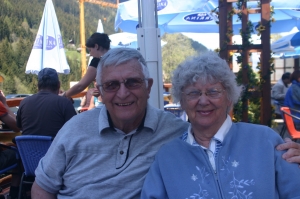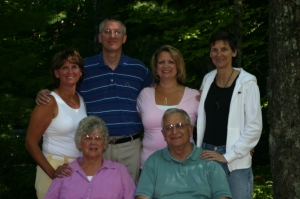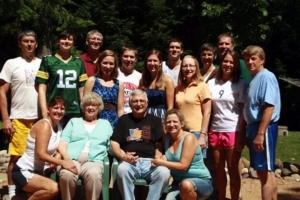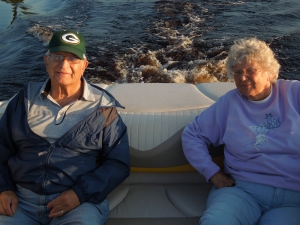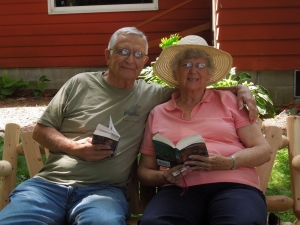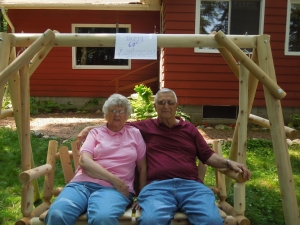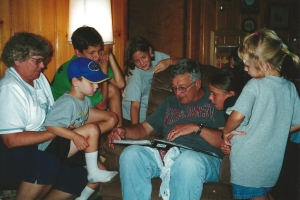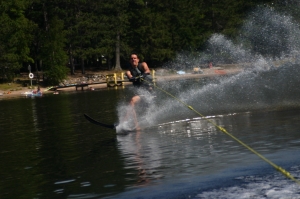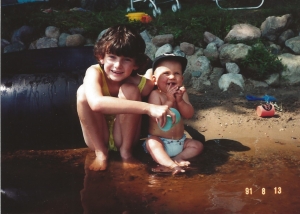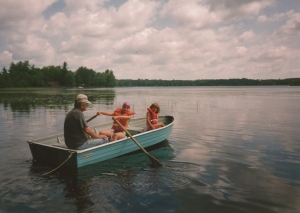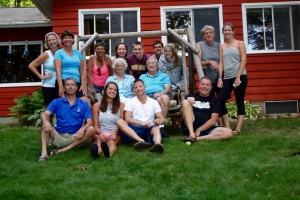 When my son’s British fiancé told us we were celebrating their engagement by going punting in Cambridge, I imagined kicking the pigskin around a ballpark. But the English don’t play American football. Then I thought it must have something to do with rugby, as her brother-in-law is an avid rugby man.
When my son’s British fiancé told us we were celebrating their engagement by going punting in Cambridge, I imagined kicking the pigskin around a ballpark. But the English don’t play American football. Then I thought it must have something to do with rugby, as her brother-in-law is an avid rugby man.
Well, what a surprise! Punting has nothing to do with playing ball on a pitch (field), but instead involves a boat on a river.
Imagine skimming across the water in a “punt.” Picture a Venetian gondola that is shaped like a flat-bottomed, mini-barge.
In Cambridge punting along River Cam leads you past the famous colleges of the University of Cambridge. Founded as far back as 800 years ago, each contains its own history, architecture and stories.
The punt, dating back to medieval times, allowed navigation in shallow water areas. Until recently commercial fishermen used punts to work the fens of East Anglia. In 1870 punting for pleasure began, becoming more common in the 1900s and today is considered a part of the Cambridge experience.
 A person navigates by standing on the till (known as the deck) at the back, not paddling, but poling. It looks easy. It’s not. Imagine trying to propel a dozen hefty passengers forward by pushing off the river bottom with a pole vault stick.
A person navigates by standing on the till (known as the deck) at the back, not paddling, but poling. It looks easy. It’s not. Imagine trying to propel a dozen hefty passengers forward by pushing off the river bottom with a pole vault stick.
Poles, usually made of spruce 12-16 feet long, have a shoe, a rounded lump of metal on one end in the shape of swallow’s tail. Without a rudder, the punt is difficult to steer and the pole can get stuck in the river bottom.
Our next dilemma was who was going to pole the punt?
I assumed David would guide us down the River Cam, but sidelined by a rugby injury, he couldn’t even bend his knee enough to climb into the boat.
Fortunately Larissa and her sister, Charlotte, had the foresight to barter for tickets that included a guide. From the Quayside Punting Station near Magdalene Bridge, we clambered into the low seats of the punt.

Like a modern day Huck Finn, a handsome, young man in khakis and a white shirt stood in the stern grasping his pole. In the voice of a great orator, he recounted the history and legends surrounding the colleges of Cambridge during our 45-minute ride up one side of the Cam and then down the other.
“The Backs refers to a one-mile stretch past the rear sides of some of England’s most prestigious and oldest universities,” our guide said. “A few of the famous colleges, which we will be passing include Trinity College, founded by King Henry VIII in 1546; Trinity Hall, where scientist Stephen Hawking studied; and St. Johns College, which was attended by poet William Wordsworth.”
Along the riverbank people dined at outdoor cafes, college co-eds lounged on lush lawns under weeping willows and boatloads of tourists drank beer celebrating the arrival of spring. A carnival like atmosphere prevailed. Punting was like being in an amusement park on bumper boat ride and sure enough another boat slammed into our side, jarring my back.
While the skilled college guides maneuvered between boats, amateur punters spun in circles and crashed into other vessels.
 “On your right is St. John’s,” our guide said, “one of the oldest and most celebrated colleges in Cambridge.”
“On your right is St. John’s,” our guide said, “one of the oldest and most celebrated colleges in Cambridge.”
As we passed under the city’s famous Bridge of Sighs, named after the one in Venice, the scene felt surreal.
When we opened champagne and raised our glasses to Nic and Larissa, I thought, what are the odds of small town girl from Illinois marrying a French boy from Normandy and raising a Franco-American son who’s falls in love with a beautiful English/Irish-Ukrainian girl.
How extraordinary the fate uniting our families as we celebrate toasting to their future by punting in Cambridge.

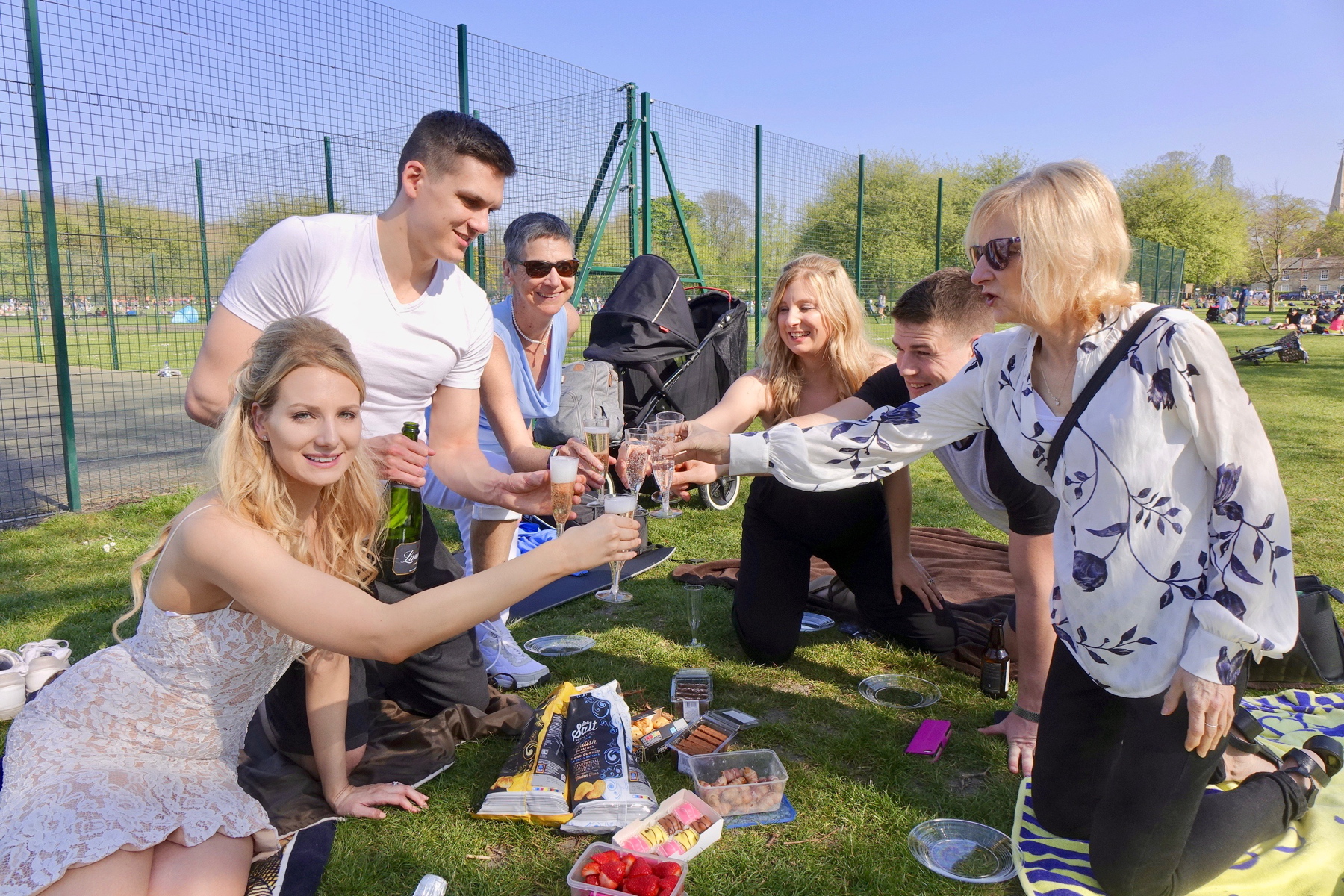
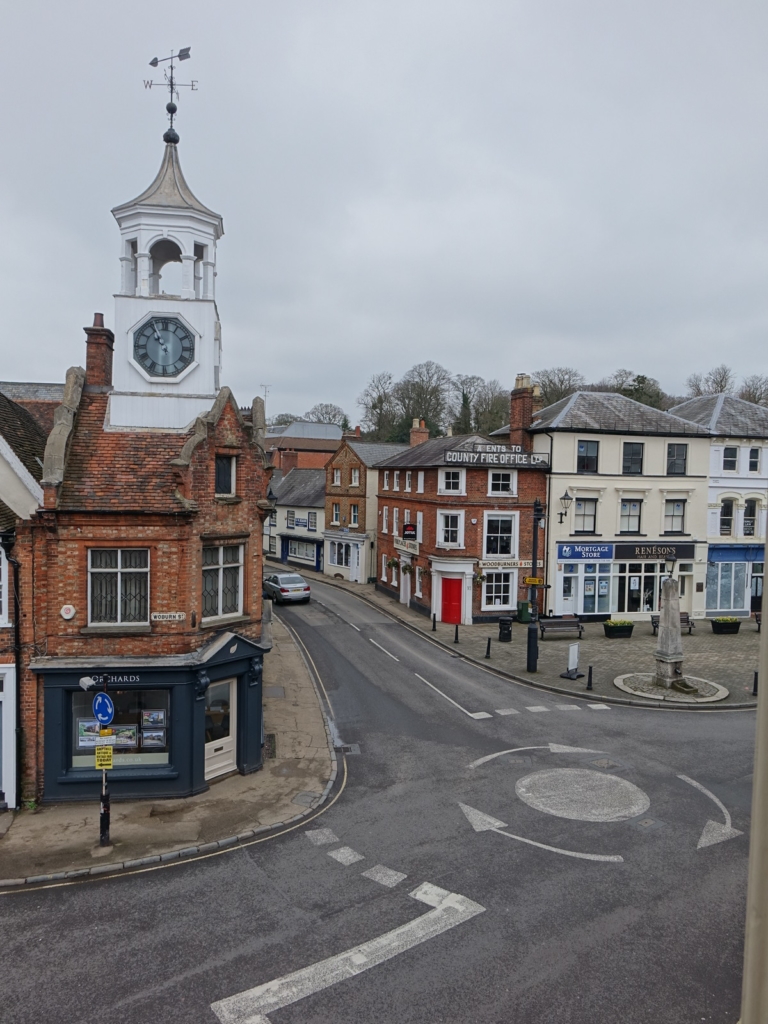

 On the square across from the clock tower, the Queen Anne style White Hart, built on a Tudor foundation, remains the soul of the Georgian market town dating back to the 11th century. The hotel’s name, Hart, a term for stag used in medieval times, represented the most prestigious form of hunting. Royalty from London tracked these animals in the woods around Ampthill, a day’s carriage ride from the city.
On the square across from the clock tower, the Queen Anne style White Hart, built on a Tudor foundation, remains the soul of the Georgian market town dating back to the 11th century. The hotel’s name, Hart, a term for stag used in medieval times, represented the most prestigious form of hunting. Royalty from London tracked these animals in the woods around Ampthill, a day’s carriage ride from the city. The hotel, which over time withstood raids, conflicts and fires, has been restored in the style of an old coaching inn. The front door opens to the bar where cozy tables fill nooks like in a traditional pub, while the back rooms serve as dining areas. The former stables, now a dining hall, accommodate groups for banquets and receptions.
The hotel, which over time withstood raids, conflicts and fires, has been restored in the style of an old coaching inn. The front door opens to the bar where cozy tables fill nooks like in a traditional pub, while the back rooms serve as dining areas. The former stables, now a dining hall, accommodate groups for banquets and receptions.












